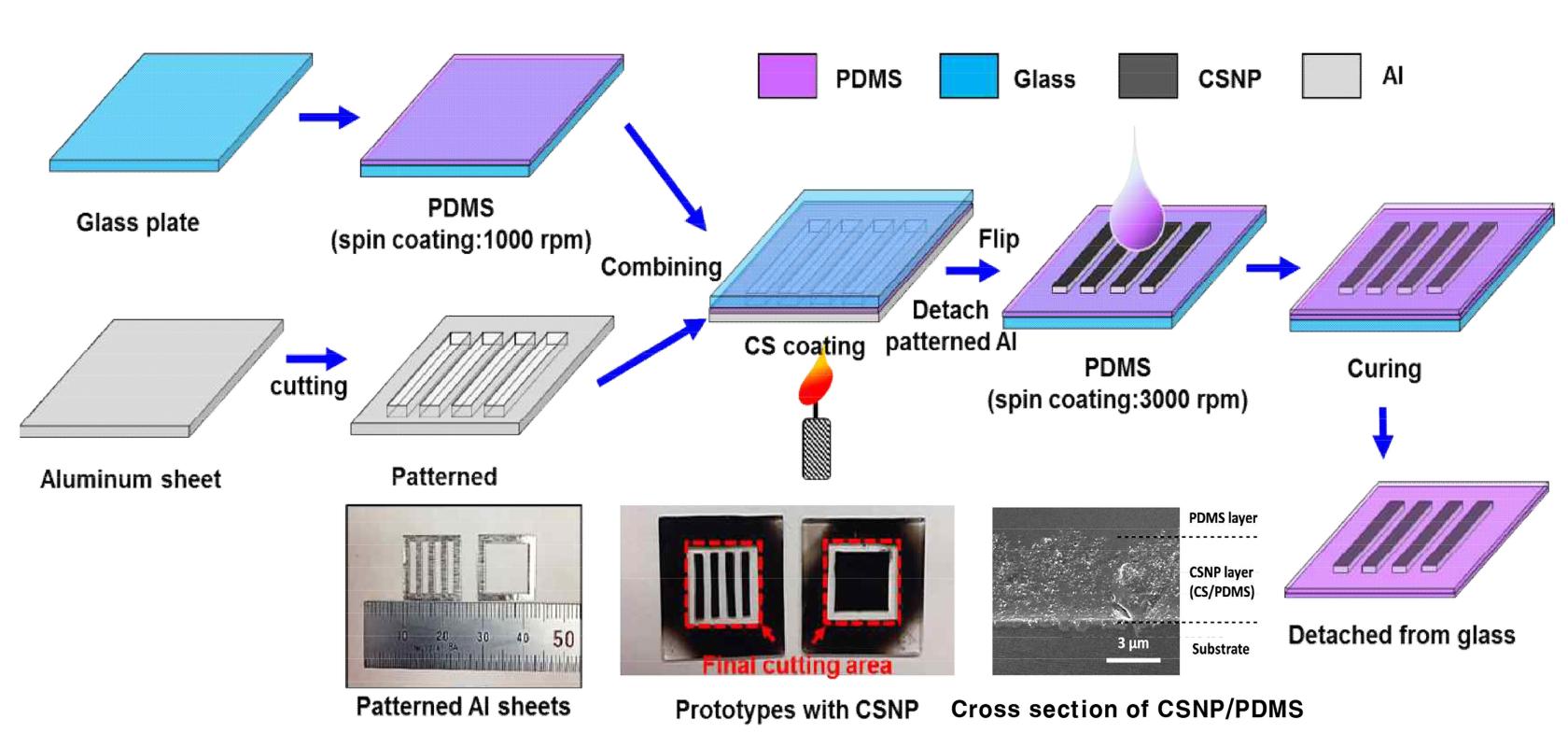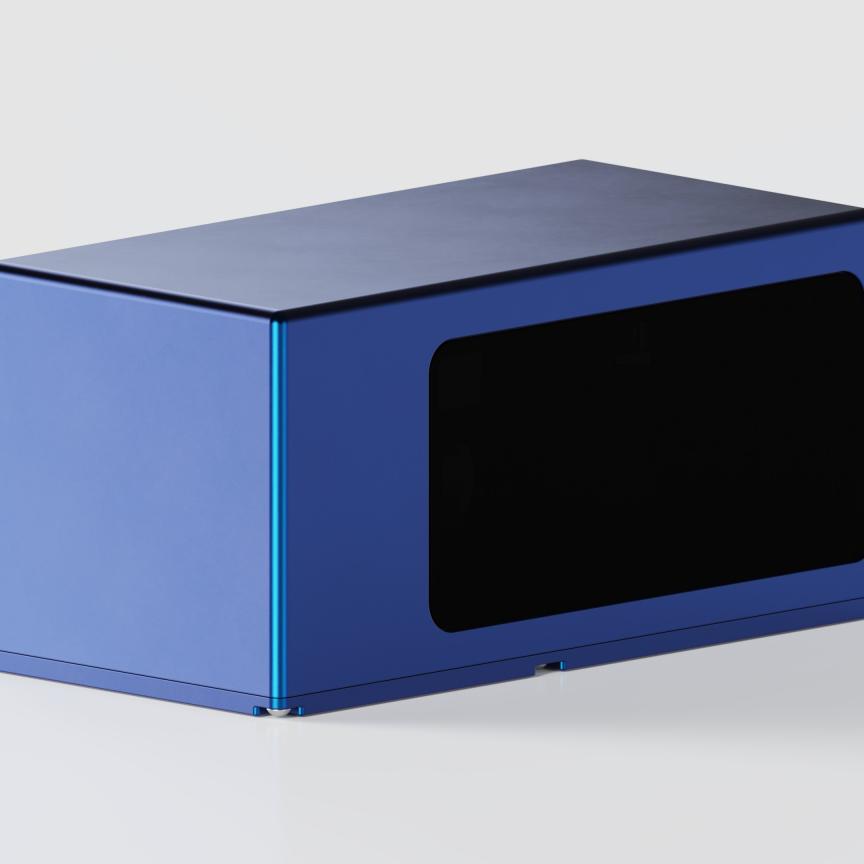A team of researchers has developed an improved, non-contact, laser-based method for generating ultrasonic waves for non-destructive testing (NDT) and evaluation applications.
The technique, described in Applied Physics Letters, uses a patch consisting of candle soot and polydimethylsiloxane to amplifiy the signal of a photoacoustic laser source.
Many industrial buildings, including nuclear power plants and chemical plants, rely on ultrasound instruments that continually monitor the structural integrity of their systems without damaging or altering their features.
The researchers’ claim their new approach marks one of the first NDT methods that combines elements of both contact and non-contact ultrasound testing.
Ultrasound waves can be made by striking a surface with a high-powered laser. The heat produced by the pulses induces a pattern of expansion and compression on the illuminated area, yielding an ultrasonic signal. The waves produced, called ‘Lamb waves’, then travel through material as an elastic wave.
In the researcher’s setup, the surface being struck by the laser is a patch featuring a line array of candle soot nanoparticles and polydimethylsiloxane (see image). Candle soot was used because it is readily available and efficient at absorbing lasers, and can produce the elastic expansion needed to make the photoacoustic conversion that generates the Lamb waves. The line array configuration enables the bandwidth of the ultrasonic waves to be narrowed, filtering out unwanted wave signals and increasing the analytical accuracy of NDT applications. The patch also enables the amplitude of the ultrasonic waves to be increased by more than two-fold compared to conditions where the patch wasn’t used.
‘Our laser-based NDT method offers temperature-independent measurement and a wide range of monitoring area by easy changing of the position of the devices,’ said Taeyang Kim, an author on the Applied Physics Letters paper. ‘This technique provides a very flexible and simple method for the non-contact and remote generation of ultrasonic surface waves.’
The researchers, who are from both North Carolina State University and the Korea Military Academy, are still yet to determine how durable their new approach is in an industrial setting, in addition to how well the patches perform on curved and rough surfaces. They also expect their new NDT approach to attract attention that will see others explore which materials could be used to optimise the patch, and which applications their approach can be used for.
Going forward the team will be testing the system in high-temperature NDT scenarios.


